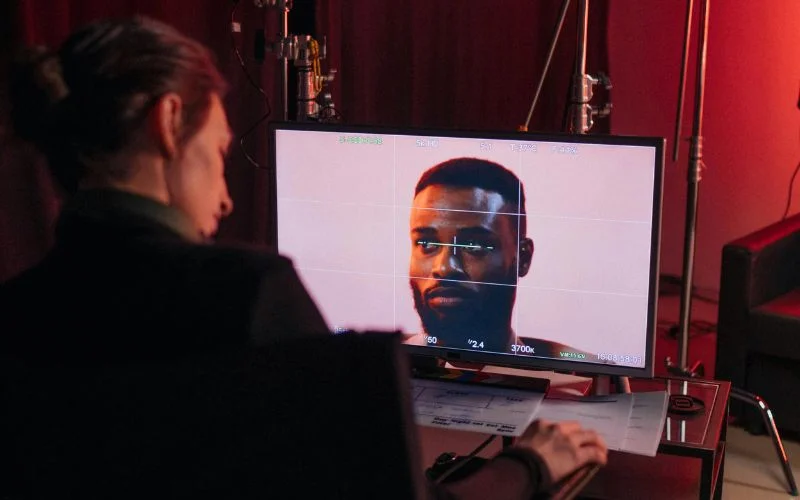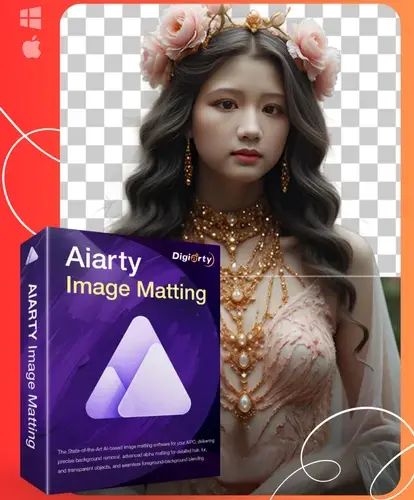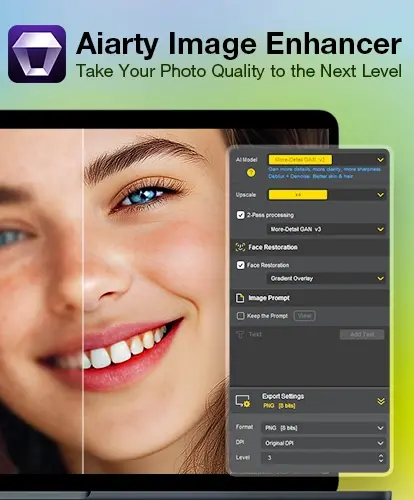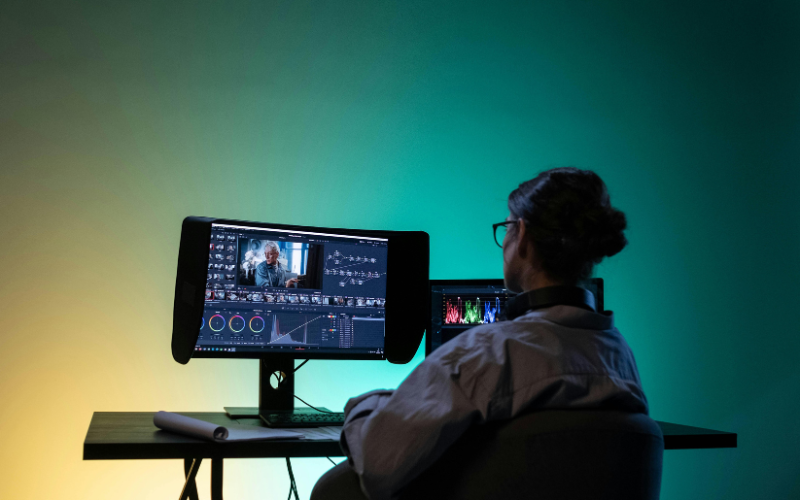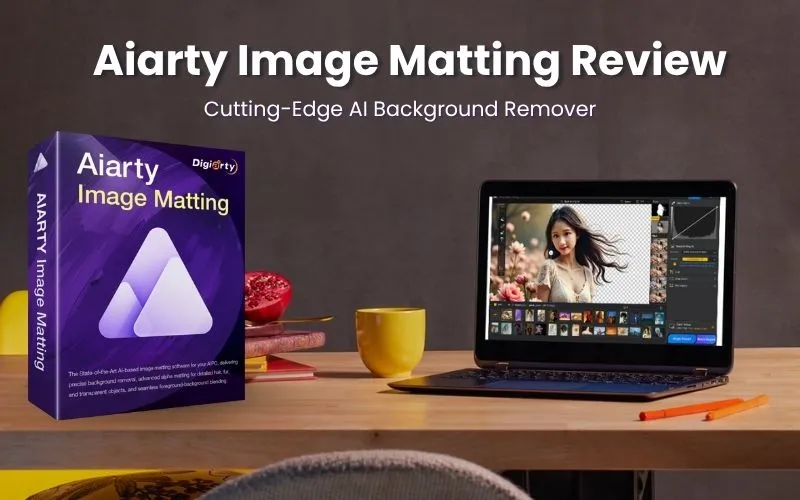Photo editing has come a very long way. In 2025, AI photo editing tools are bringing a new definition of what’s possible. Never before have edits been performed with automation and precision such as they are now.
This innovation transcends creating beautiful works of text art and reimagining everything conventional visuals. So now let’s talk about how this technology is changing what even photography is and how you can use it to improve your visuals.
Table of contents
What Is AI Photo Editing?
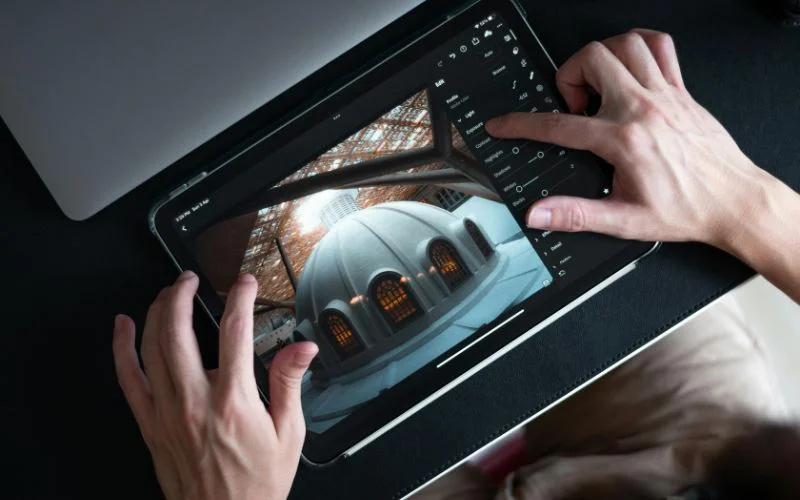
AI-enhanced photo editing is an incarnation of artificial intelligence in the photo-editing field. Through analyzing images and understanding how to edit them, AI automates complicated editing tasks, saving time without compromising your results. These AI photo editing tools are suitable for both professionals and beginners, offering unprecedented efficiency and precision.
AI Photo Editing Tools: Key Features
1. Automated Enhancements
Advanced algorithms analyze and optimize photos and automated enhancements enhance photos and deliver a polished and professional look. Each detail that needs to stand out is evaluated by the AI. Exposure, shadows, highlights, and, of course, color balance are all accounted for.
Not only can it detect and correct things like overexposure or underexposure and make photos look well-lit and vibrant, but it has a range of other automatic features as well. One of the most useful features in Photoshop for photographers is this one, as it hugely reduces the frequency of manual adjustment that their images require.
Furthermore, sliders or toggles in automated enhancement tools usually allow users to go overboard with these settings in both an automatic and creative control way for a balance between them.
2. Object Recognition
AI identifies elements in a photo. However, object recognition technology has become a staple of the AI photography spectrum, allowing for the very precise recognition of faces, backgrounds, and objects in each photo.
This gives us the ability to make targeted edits, like improving facial features, sharpening foregrounds, or blurring backgrounds to achieve depth of field.
It can also recognize more advanced objects like different textures, materials, and emotions on a face, which paves the way for highly customized editing.
For businesses, that means we can use AI to quickly figure out where products are in a photo for marketing, and personal users can quickly edit just a part of an image without disturbing the rest.
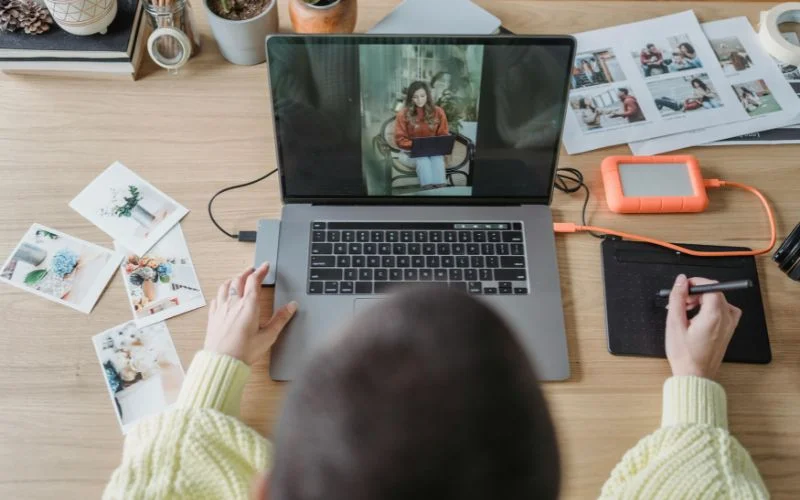
3. Background Replacement
Today, how photos are transformed has been revolutionized by background replacement tools. Such tools can take advantage of the power of AI to accurately separate subjects from a background even when the image is of complicated texture.
Unlike conventional tactics of using green screens or tedious masking tools, AI-driven background replacement is quick and seamless. With these backgrounds, users can replace dull or cluttered backgrounds with high-quality, visually stunning alternatives like often pretty or abstract designs or even full brand backgrounds.
This is a game-changer for anyone who creates content online—whether you’re an influencer, an online reseller, or some other business—it gives you the ability to create professional-looking visuals with no need for a studio setup or extensive editing skills.
4. Noise Reduction
A feature critical for photographers shooting in low light or utilizing high ISO’s is noise reduction. However, AI-powered tools are especially good at analyzing an image and identifying what noise (any unwanted grain or pixelation) should be and what constitutes the important bits.
These tools intelligently handle noise but without taking away from texture and sharpness—simply put, they produce crisp, clean images that retain the original photo’s integrity. But this technology is highly useful for night photography, astrophotography, and even event photography, where conditions are suboptimal.
This makes it possible for users to capture and fine-tune images that would otherwise be unusable, improving the quality of their portfolio or personal collection.
You might also want to check out: Super Denoising Tool for Mac

5. One-Click Filters
One-click filters streamline the creative process by providing a handful of pre-designed presets that change an image’s look and feel with a single click. There are vintage aesthetics to bold modern styles—they cover a gamut of artistic preferences.
This functionality is further enhanced by AI, which analyzes the photo’s composition and lighting and then applies the aforementioned effects that will best compliment, not swamp, the image. More platforms allow users to customize these presets, letting them find the perfect balance between convenience and flexibility.
Once it’s done, one-click filters are a great way to quickly and easily bring a professional aesthetic without learning Adobe Photoshop.
How Can AI Help In Photo Editing?
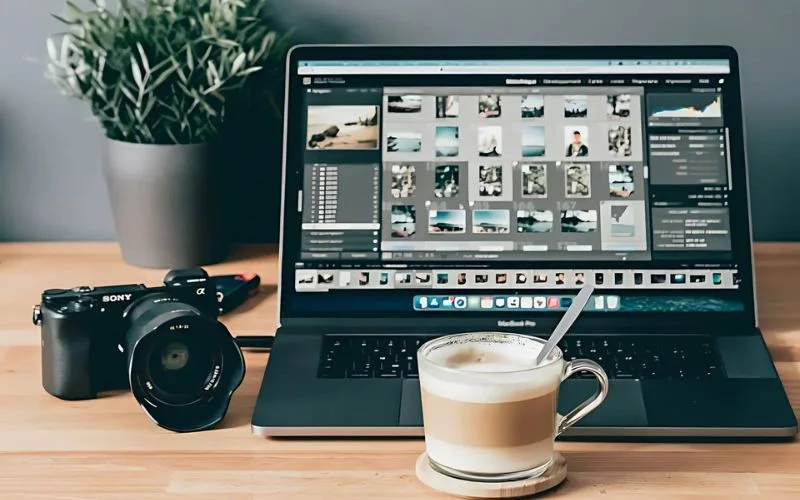
1. AI Photo Editing Tools Save Time
AI photo editing automates repetitive tasks. Its major benefit is that it automatically saves time by freeing up work that is repetitive and ordinarily time-consuming. Now it’s very easy to crop images, resize them, make adjustments, and retouch in a matter of seconds.
Hundreds of photos can then be advanced batch processed by advanced algorithms for precision, albeit with consistent quality throughout the life of a project. In the world of professionals, that means faster-delivering client work, and in the hobbyist world, it gives freedom to spend time on the creative part rather than getting stuck in the tuning part.
On top of that, AI tools can quickly generate previews of edits so users can try out many styles and effects before committing to one final look.
2. User-Friendly
Most modern AI photo editing tools are made with accessibility in mind, and even beginners can create professional-looking images. Intuitive drag-and-drop interfaces, authored navigation and guided workflows, and built-in tutorials aid users while navigating through complex editing processes.
One-click presets and intelligent suggestions help simplify the decision-making process so that users can concentrate on what they want to do creatively. Many platforms also boast about AI-powered virtual assistants that recommend and offer tips according to the action taken by the user.
Making advanced editing tools accessible to everyone helps reduce the steep learning curve usually associated with photo editing software.
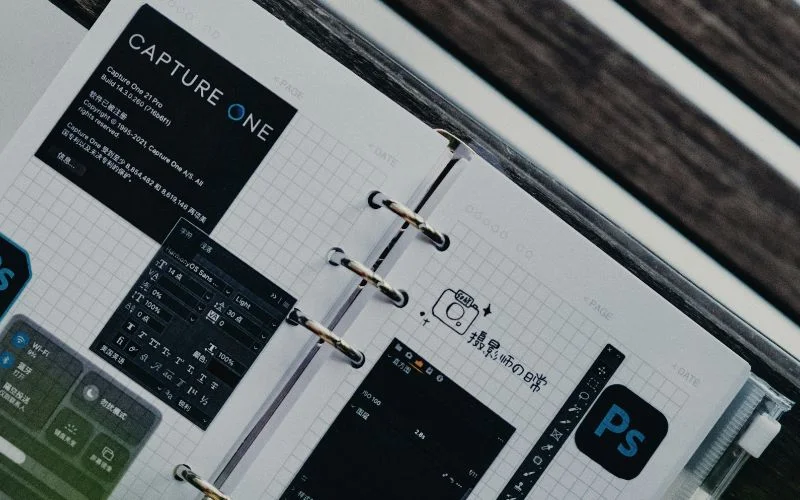
3. Cost-Effective
With AI photo editing tools, traditional editing methods no longer require expensive software and/or professional services, developing a much more cost-effective method. Many affordable or even free AI-powered subscriptions are available for everyone to use. These applications are accessible to all audiences.
These tools open up the chance to create high-quality content on a relatively low budget for small businesses, startups, and people who cannot afford such production. Besides that, the efficiency of AI guarantees that there’s no need for every project to have professional editors full-time, leaving financial incentives free for other creative endeavors or core business operations.
AI-powered tools deliver results that are often as good as, or even better than, high-end editing tools. Plus, they can achieve this at a much lower cost.
Also check out: Circular Studio Tool For Mac
4. Consistent Quality
For the most part, AI-powered photo editing is consistent. Regardless of the user’s skill, these tools deliver professional-grade results, ensuring every edit meets a certain level of quality.
But AI is especially useful for photo consistency across photos, working great for branding, social media campaigns, and product photography. If you’re working with lower-resolution images, you can also convert an image to HD using AI-powered upscaling tools to maintain clarity and uniformity.
This feature, like smart object recognition and advanced image analysis, allows the AI to adjust contextually, preserving the original integrity of the image while boosting its look appeal.
It’s not only time-saving, but it also makes the result match our customer’s (or our user’s) expectations, as this is very important to establish trust and a sense of satisfaction.
You might also want to check out: Versatile AI Portrait Lightroom Presets
How AI Photo Editing Tools Work In 2025?
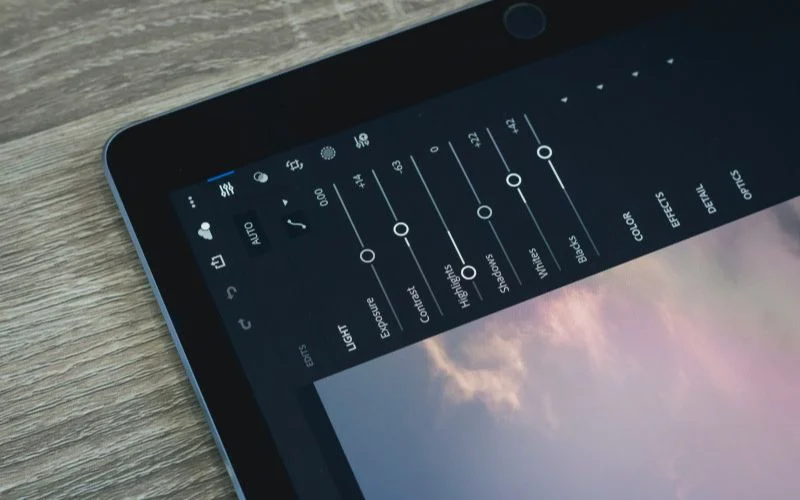
AI photo editing tools are built on machine learning algorithms trained on large image datasets. These algorithms analyze photos, identify key elements, and suggest or apply edits. Advanced AI models now deliver real-time results with minimal user effort, making them an essential and highly valued tool. Here’s how AI photo editing tools are transforming photography:
1. Democratization Of Editing
AI photo editing has done its part to level the playing field—hobbyists and casual users now have access to high-quality tools that in the past were the exclusive domain only of professionals. Intuitive interfaces and low prices make it easy for everyone to edit their photos perfectly with these tools.
Not only does this democratization enhance creativity, but it also lets more people try their hand at visual storytelling, whether on the web for social media, personal projects, or perhaps a small business. Between professional and amateur editing, it bridges the gap so that everyone can get high production results.
2. New Creative Possibilities
Photo editing then became a world alone with the integration of AI into photo editing. With an array of styles (and effects and techniques) becoming unavailable, continually expanding out of your ability as a photographer or creator, photographers and creators can get to experiment.
Users can use AI tools to quickly merge different artistic styles, simulate traditional media, or unnaturally explore new future effects. This freedom to create allows users to do everything they can to push their creativity to new limits for personal and professional projects.
You might also want to check out: Photo Manipulation & AI: Crafting Visual Wonders
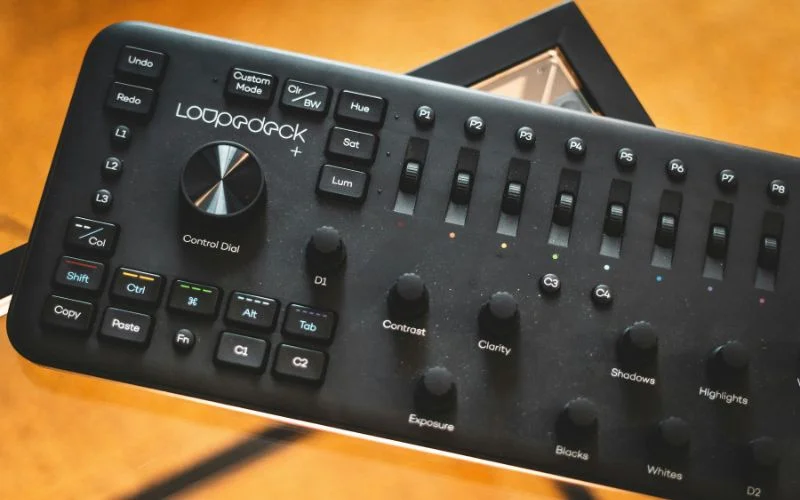
3. Faster Workflow
AI automates routine tasks and streamlines complex edits to speed up workflows. The productivity and revenue potential for professional photographers and designers increase because they can only handle more clients or more projects in the same amount of time.
Using batch processing, automated presets, and AI recommendations, you effortlessly break through bottlenecks, and get your work done faster without compromising quality.
This also works in favor of the teams and organizations, making it easier for collaborative projects to go forward smoothly and meet the constraints.
4. Reduced Learning Curve
AI photo editing tools shorten the path from complicated tasks that used to require heavy training and experience and make vastly complicated editing processes available to the uninitiated.
Guided workflows, one-click enhancements, and AI-generated suggestions make it easy for users to get professional-grade results with little effort. It allows beginners to feel safe and confident, simply learning photo editing and gradually building up their skills without relying on patience to see results until they have reached that broken learning curve.
It frees time and energy for professionals to continue a more creative and strategic approach to their work.
How To Edit Using AI Photo Editing Tools?
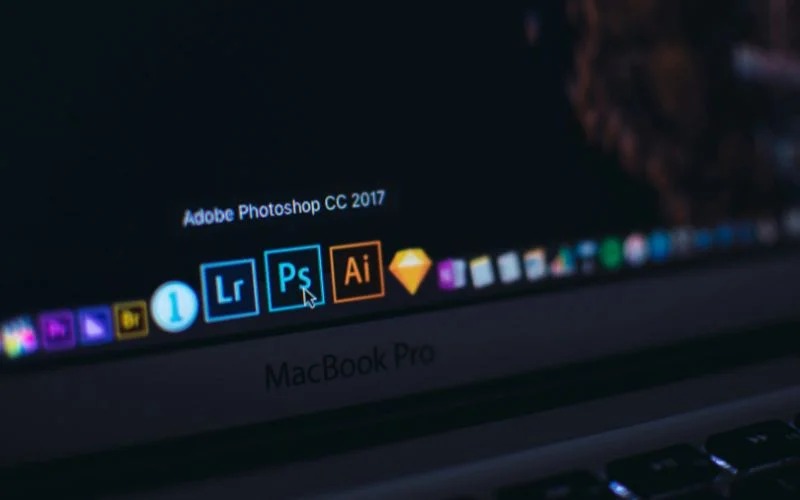
Step 1: Import Your Images: Just upload your photos directly into the AI photo editing tools. Many tools can work with a variety of formats, so it’s easy to get going without worrying about format compatibility.
Step 2: Choose An Editing Mode: You have various editing modes to select depending on your needs. Between fully automatic adjustments and manual editing, you have the personal control options for fully automatic or hands-on customization to get your results the way you want them.
Step 3: Apply Enhancements: These powerful features include color correction, object removal, noise reduction, and sharpening. In just a couple of clicks, these enhancements can bring about amazing increases in your image quality in subtle and drastic ways.
Step 4: Replace Backgrounds: Tap away at backgrounds to effortlessly swap out backgrounds to create professional quality compositions. The AI makes it seamless whether you are cutting out the background you don’t like or bringing in the backdrop that enhances your subject.
Step 5: Add Artistic Filters: From a range of pre-designed filters, select those that align with your aesthetic vision. These presets take your images from vintage styles to bold modern effects while preserving artistic integrity.
Step 6: Preview Your Edits: Make sure you like your changes to your image before it’s final. The preview feature is a feature that lets you switch between the original or edited versions so that you can be sure you are happy with every detail.
Step 7: Export The Final Image: Change your edited image into your desired format and resolution. The export options allow it to be easily customized for where the final product will be used (print, social media, or web).
You might also want to check out: Dodge & Burn: AI Plugin for Automated Retouching
What Are The Future Trends In AI Photo Editing Tools?

1. Real-Time Editing
Real-time editing is set to change photo editing forever. The speed and success of AI algorithms will increase so that users will soon be able to see images transformed in an almost instant.
That includes on-the-fly, color grading of video and audio, background removal, and other advanced features, such as skin retouches or object manipulation. This allows professional photographers, content creators, and the majority of users alike to see what all the changes will be during the shoot or post-processing, saving them time and helping them get more creative.
Additionally, there are huge advancements in AI processing power that will make these features available on a variety of devices such as high-end computers, mobile phones, etc, to offer access to a larger audience.
2. Enhanced Personalization
AI will retain the capacity to know and adapt to an individual’s style and preferences. AI tools will be able to analyze previous edits, previous social media activity, and even artistic trends to recommend filters, effects, and compositions that a user’s unique aesthetic will enjoy.
You can expect this personalization to also scale to automated workflows, enabling AI to predict and apply tweaks to batches of photos to maintain consistency on a given project.
As an example, let’s say a photographer uses warm tones and a certain crop ratio all the time, so AI tools will start proactively suggesting those settings in her creative cycle, saving a lot of time.
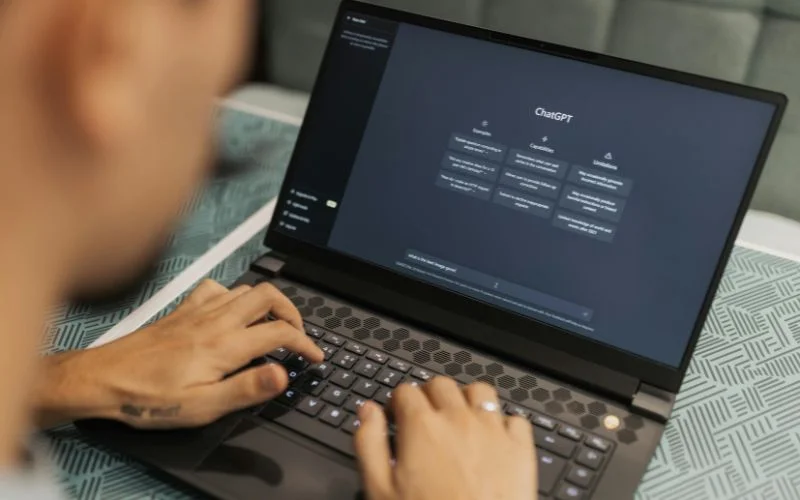
3. 3D & AR Integration
With the integration of 3D modeling and augmented reality, AI photo editing will become an entirely new dimension of interactivity. Users can take dynamic reimagining of static images to a new level by converting 2D photographs into 3D scenes with depth and texture.
Users can overlay virtual elements onto real-world environments from within their photo galleries, effectively opening up augmented reality applications, including virtual product showcases, immersive storytelling, and interactive art exhibits.
Advancements in photogrammetry, which is an application of AI that uses multiple 2D images to reconstruct details of 3D models, are all likely to hasten this trend.
You might also like: Top AI Photo Culling Software To Streamline Your Workflow
4. Ethical Use Of AI
Due to the increasing influence of AI photo editing tools in how visuals are made and seen, the use of it ethically cannot be overstressed.
For the first time, we must guarantee transparency in edits and move away from having AI tools deliver blurry marks between original images and their altered versions.
That may involve storing metadata about when edits have been made or letting visual markers tell us how much content has been edited. These will both build trust on the user side and fight issues like misinformation and deceptive media.
Furthermore, regulatory frameworks and industry standards should start developing, leading developers and users to responsible use of AI.
In Conclusion: AI Photo Editing Tools
By 2025, AI photo editing tools dominate the editing landscape, delivering stunning results with speed and automation. This technology is for either a professional photographer or a casual one. It means that you can expect your visuals to be stunning without putting any effort. Take advantage of AI right now and get access to new dimensions of creativity!
Like this post? Check out more amazing photography content here.
